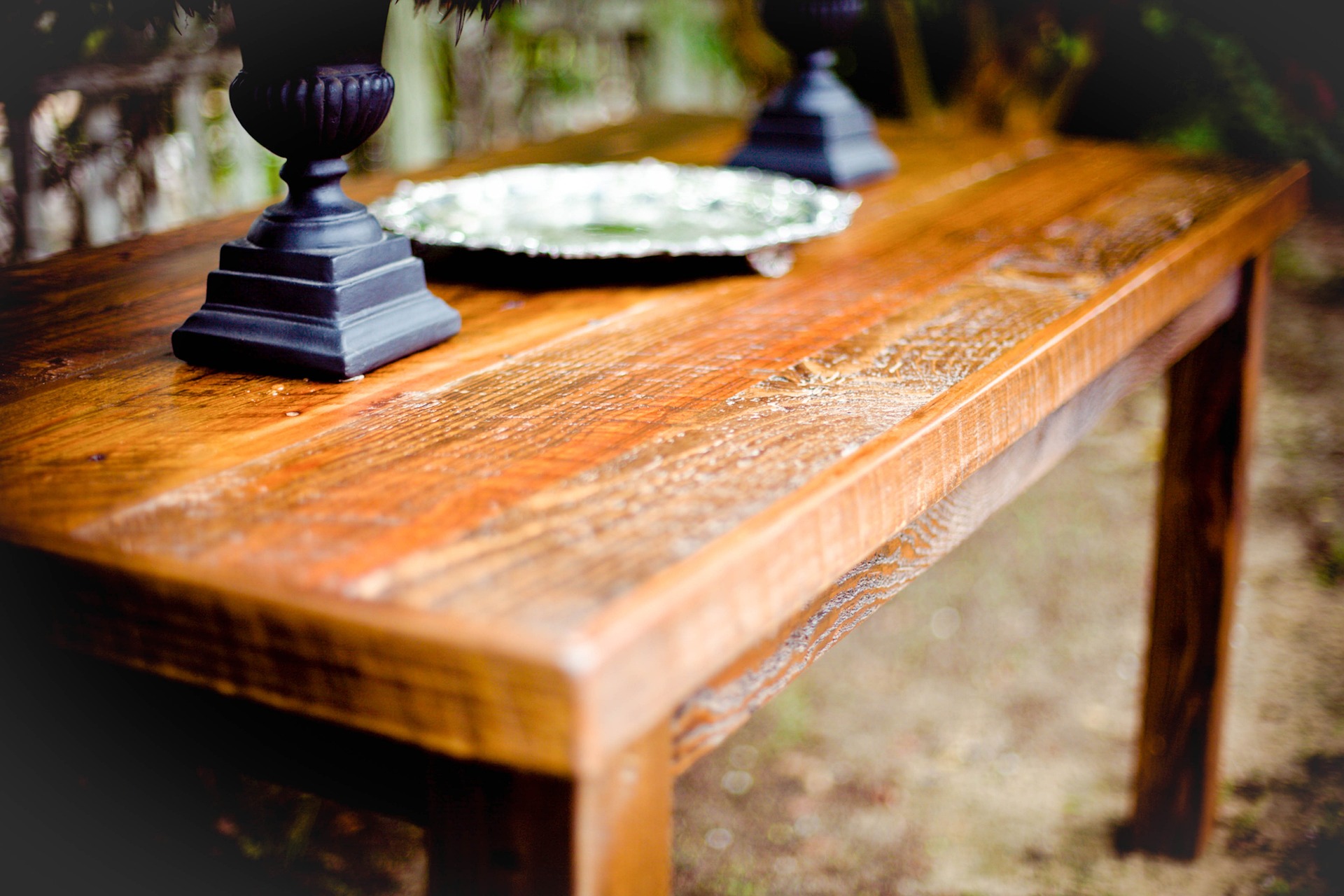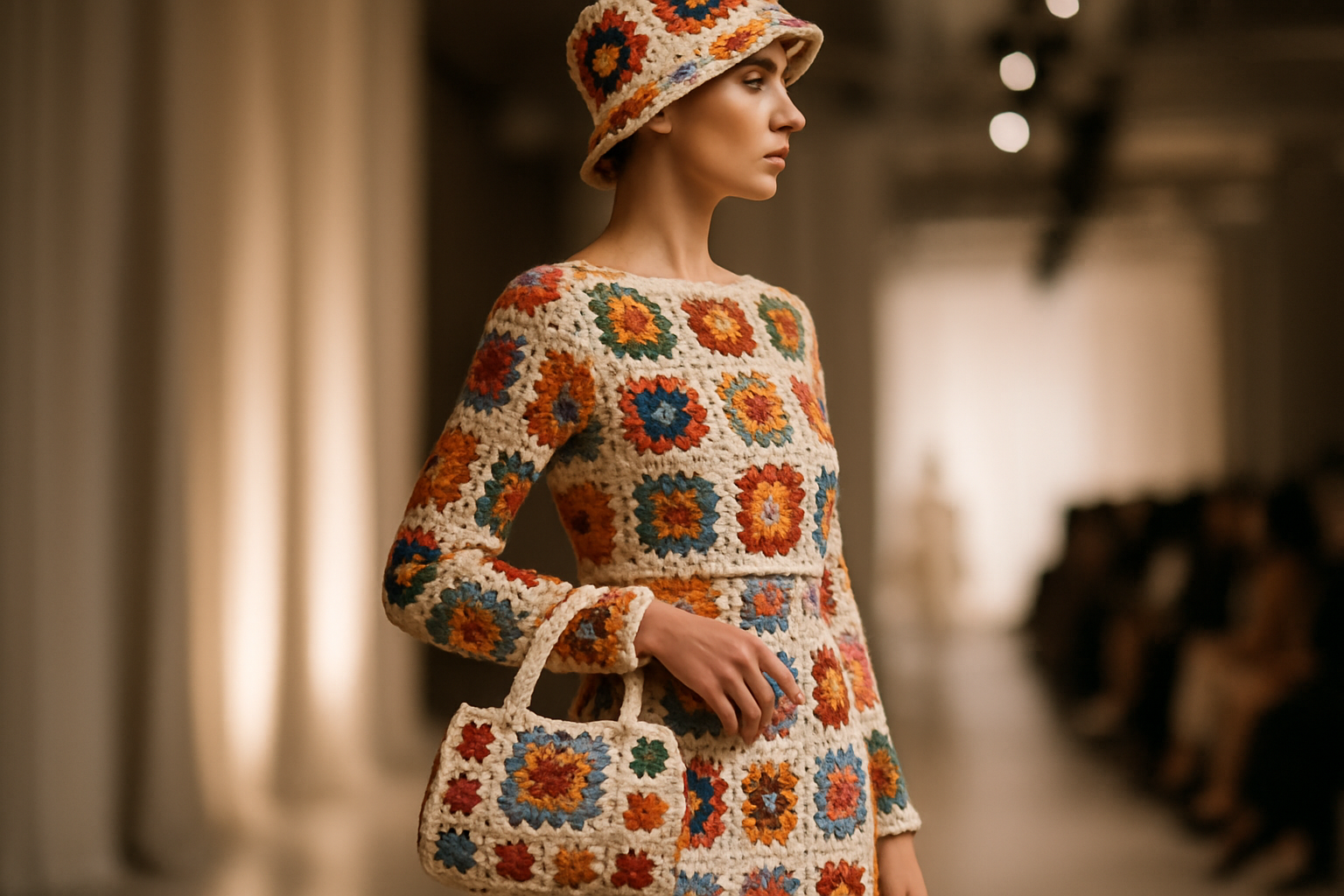Whimsical Wabi-Sabi: Embracing Imperfection in Home Design
In a world obsessed with flawless interiors and picture-perfect spaces, a refreshing design philosophy is gaining traction among homeowners and designers alike. Wabi-sabi, the Japanese concept of finding beauty in imperfection, is being reimagined with a playful twist. This article delves into the enchanting world of whimsical wabi-sabi, exploring how this unconventional approach is reshaping our homes and our relationship with the spaces we inhabit.

The Roots of Wabi-Sabi
Wabi-sabi is a centuries-old Japanese aesthetic philosophy that finds beauty in imperfection, impermanence, and incompleteness. Originating from Zen Buddhist teachings, it encourages appreciation for the natural cycle of growth, decay, and death. In traditional Japanese culture, wabi-sabi manifests in weathered teacups, asymmetrical flower arrangements, and the subtle patina of aged wood.
The concept gained popularity in Western design circles in the late 20th century, offering an antidote to the sleek perfection of modernism. However, its interpretation often leaned towards minimalism and muted color palettes, somewhat limiting its appeal. The emergence of whimsical wabi-sabi represents a fresh take on this timeless philosophy, infusing it with color, creativity, and a touch of eccentricity.
Whimsy Meets Wabi-Sabi: A New Design Paradigm
Whimsical wabi-sabi takes the core principles of accepting imperfection and transience but adds a layer of playfulness and personal expression. This approach encourages homeowners to embrace their quirks, celebrate their lived experiences, and create spaces that tell their unique stories. It’s about finding joy in the process of living and allowing that joy to reflect in our surroundings.
In practice, this might mean displaying a collection of oddly shaped rocks gathered from family vacations, hanging a gallery wall of imperfectly framed artwork, or incorporating handmade textiles with visible mending. The key is to curate these elements with intention, creating a harmonious chaos that feels both authentic and inviting.
Color and Texture: The Palette of Imperfection
Unlike traditional wabi-sabi interiors, which often feature muted earth tones, whimsical wabi-sabi embraces a broader, more vibrant color palette. Think of sun-faded fabrics in once-bright hues, the patchy patina of oxidized copper, or the varied shades of a well-loved quilt. These colors tell stories of time, use, and care.
Texture plays a crucial role in this design approach. Rough-hewn wood, nubby linens, and handmade ceramics with visible fingerprints all contribute to a tactile, lived-in feel. The juxtaposition of smooth and rough surfaces, shiny and matte finishes, creates a dynamic sensory experience that invites touch and exploration.
Curating Meaningful Clutter
In the world of whimsical wabi-sabi, clutter isn’t a dirty word – it’s an opportunity for storytelling. The key is to curate collections and displays that hold personal significance. This might include an assortment of mismatched teacups, each with its own history, or a shelf of well-thumbed books with dog-eared pages and notes in the margins.
The art of displaying these items lies in finding a balance between chaos and order. Grouping objects by color, shape, or theme can create cohesion within the apparent randomness. The goal is to create vignettes that invite curiosity and spark conversation, turning everyday objects into points of interest and reflection.
DIY and Upcycling: The Heart of Whimsical Wabi-Sabi
One of the most exciting aspects of this design philosophy is its emphasis on creativity and personal involvement. Whimsical wabi-sabi encourages homeowners to become active participants in shaping their spaces through DIY projects and upcycling.
This might involve transforming a cracked mirror into a mosaic art piece, repurposing vintage suitcases as quirky storage solutions, or creating a feature wall with pages from old books. The imperfections inherent in handmade items become points of pride rather than flaws to be hidden.
Living with Whimsical Wabi-Sabi
Embracing this design philosophy goes beyond aesthetics – it’s a mindset that can transform our relationship with our homes and possessions. By accepting and celebrating imperfection, we free ourselves from the pressure of maintaining an impossibly perfect space. Instead, our homes become dynamic, evolving environments that reflect our lives and experiences.
This approach also aligns with sustainability principles, encouraging us to repair and repurpose rather than replace. It fosters a deeper connection with our belongings, promoting a more mindful and less consumptive lifestyle.
The Future of Imperfection in Design
As we move towards more personalized and meaningful interiors, whimsical wabi-sabi offers a refreshing alternative to cookie-cutter design trends. It allows for individual expression while promoting a more relaxed and authentic living environment.
Looking ahead, we can expect to see this philosophy influencing not just home interiors, but also product design, architecture, and even urban planning. The celebration of imperfection and whimsy has the potential to create more human-centered spaces that prioritize comfort, creativity, and connection over sterile perfection.
In conclusion, whimsical wabi-sabi represents more than just a design trend – it’s a shift in perspective that encourages us to find beauty in the imperfect, joy in the handmade, and meaning in the lived-in. By embracing this approach, we open ourselves to a world of creative possibilities, turning our homes into true reflections of our unique journeys and personalities. In a world that often demands perfection, there’s something truly liberating about celebrating the beautifully flawed.





